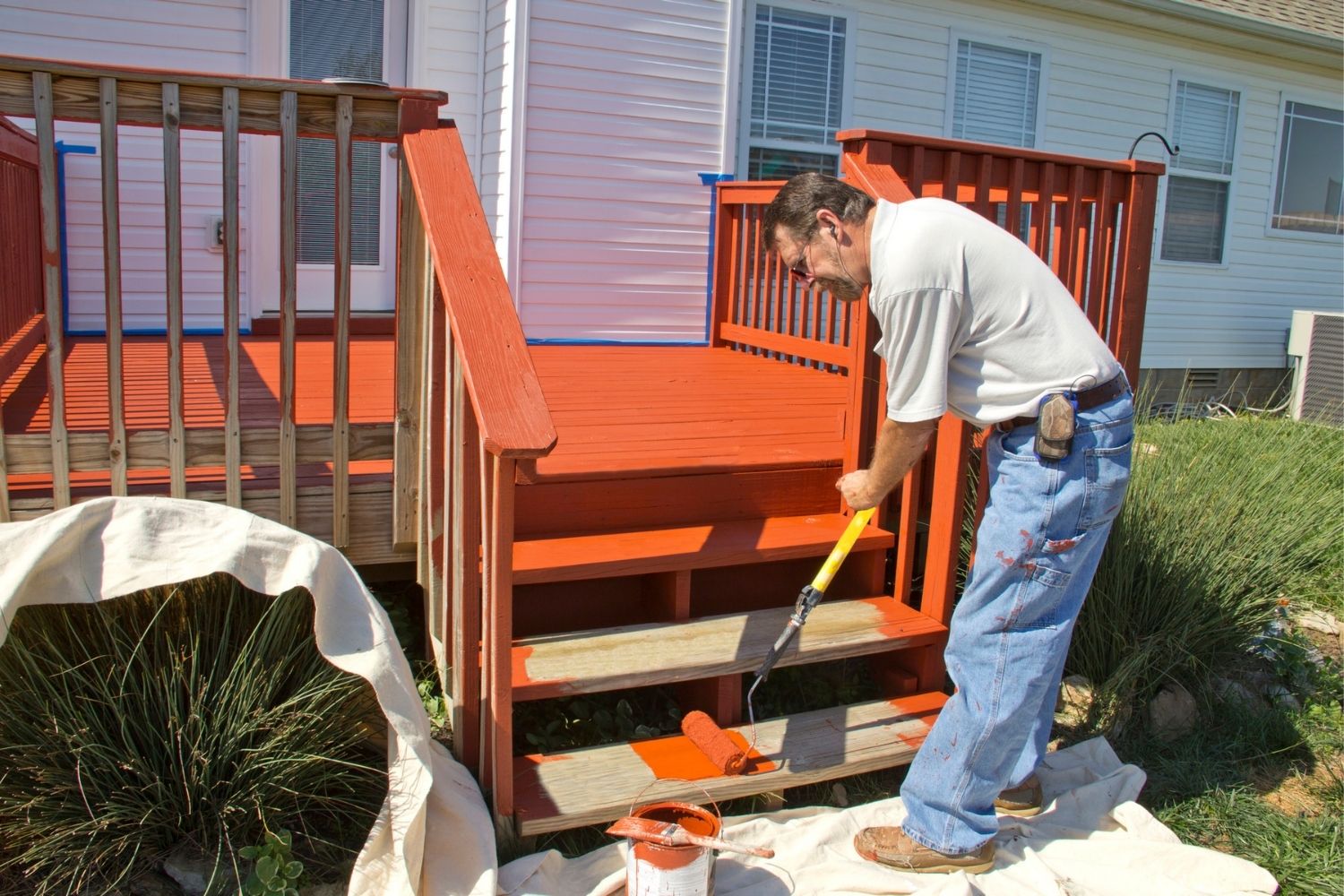

Articles
How Much To Paint A Porch
Modified: October 20, 2024
Looking for articles on how much it costs to paint a porch? Find detailed information and estimates for porch painting expenses in this helpful guide.
(Many of the links in this article redirect to a specific reviewed product. Your purchase of these products through affiliate links helps to generate commission for Storables.com, at no extra cost. Learn more)
Introduction
Welcome to our comprehensive guide on porch painting! A porch is an important part of your home’s exterior, adding charm and curb appeal. Over time, due to weather exposure and wear and tear, the paint on your porch can start to fade, chip, or peel. Repainting your porch not only revitalizes its appearance but also offers protection against the elements.
Painting a porch may seem like a daunting task, but with the right preparation, tools, and techniques, it can be a rewarding DIY project. In this article, we will walk you through the factors that affect the cost of porch painting, the preparation steps involved, choosing the right paint, the tools and materials needed, and provide a step-by-step guide to help you achieve a professional-looking porch paint job.
If you’re ready to give your porch a fresh new look, let’s delve into the details of how much it costs to paint a porch and how to go about it!
Key Takeaways:
- Proper preparation, high-quality paint, and attention to detail are essential for achieving a professional-looking porch paint job. Consider factors like porch size, condition, and paint type to estimate the total cost effectively.
- Whether you choose to DIY or hire a professional, painting your porch can breathe new life into your home’s exterior. Follow best practices, avoid common mistakes, and enjoy the process of transforming your porch into an inviting space.
Read more: How To Paint A Porch Floor
Factors Affecting the Cost of Porch Painting
When it comes to calculating the cost of porch painting, there are several factors to consider. These factors can influence the overall cost and help you determine a budget for your project. Here are the key factors that affect the cost of porch painting:
- Porch Size: The size of your porch is an obvious factor in determining the cost of painting. A larger porch will require more paint, materials, and labor, which can increase the overall cost.
- Porch Condition: The current condition of your porch plays a significant role in the cost. If your porch has extensive damage, such as cracks or rotting wood, it will require additional preparation and repair work before painting, which can add to the cost.
- Number of Coats: The number of coats of paint needed for your porch will affect the cost. Applying multiple coats ensures a longer-lasting finish but also increases the amount of paint required.
- Porch Accessibility: The accessibility of your porch can impact the cost. If your porch is easily reachable, it may require less time and effort to paint. However, if it’s located at a higher elevation or has challenging angles, it may require specialized equipment or scaffolding, which can increase the cost.
- Paint Type: The type of paint you choose can affect the cost. High-quality paints tend to be more expensive but offer better durability and longevity. Consider your budget and desired finish when selecting the paint for your porch.
- Preparation Work: Proper preparation is crucial for a successful porch paint job. If your porch requires extensive cleaning, sanding, or priming before painting, it will add to the overall cost.
- Professional vs. DIY: Deciding whether to hire a professional painter or tackle the project yourself can impact the cost. Hiring a professional will require paying for labor, while a DIY approach can save money but may require investing in tools and materials.
Keep these factors in mind when estimating the cost of painting your porch. It’s recommended to get multiple quotes from professional painters if you decide to hire one, and consider budgeting for any necessary repairs or additional materials needed to ensure a successful paint job for your porch.
Preparation Steps for Painting a Porch
Proper preparation is key to achieving a long-lasting and professional-looking porch paint job. Taking the time to prepare your porch before painting will ensure better paint adhesion and a smooth finish. Here are the essential preparation steps to follow:
- Clean the Surface: Start by thoroughly cleaning the porch surface to remove dirt, dust, and debris. Use a broom or brush to sweep away loose dirt, and then wash the porch with a mild detergent and water. Rinse off the soap residue and allow the porch to dry completely.
- Repair Damaged Areas: Inspect the porch for any cracks, holes, or damaged areas. Use a filling compound or wood filler to repair these areas. Allow the filler to dry completely and then sand it smooth to ensure a seamless surface.
- Sand the Surface: Sanding the porch surface will help roughen it slightly, allowing for better paint adhesion. Use a medium-grit sandpaper or a sanding block to lightly sand the entire porch surface. Be sure to sand any rough spots or peeling paint until you have a smooth and even surface.
- Remove Old Paint: If there are areas with peeling or flaking paint, it’s important to remove it before painting. Use a scraper or wire brush to gently scrape away the loose paint. You can also consider using a paint stripper for more stubborn areas.
- Protect Surrounding Areas: Before you start painting, protect any surfaces or items that you don’t want to get paint on. Cover nearby plants, furniture, and windows with plastic or drop cloths to prevent accidental splatters or drips.
- Apply Primer (If Needed): Depending on the condition of your porch and the type of paint you’re using, applying a primer may be necessary. Priming helps the paint adhere better and can also provide a more even color. Follow the manufacturer’s instructions for the specific primer you’re using.
By following these preparation steps, you’ll ensure that your porch surface is clean, smooth, and ready for painting. Taking the time to properly prepare your porch will contribute to a professional-looking paint job and help your new porch paint last longer.
Choosing the Right Paint for Your Porch
Selecting the right paint for your porch is crucial for achieving a durable and visually appealing finish. With so many options available, it’s important to consider the specific characteristics and requirements of your porch. Here are some factors to keep in mind when choosing the right paint:
- Exterior vs. Interior Paint: Make sure to choose an exterior-grade paint specifically designed for outdoor use. Exterior paints are formulated to withstand weather conditions, UV rays, and moisture, providing long-lasting protection for your porch.
- Durability and Longevity: Look for paints that offer durability and longevity, especially if your porch is exposed to high foot traffic or extreme weather conditions. Consider paints with features like high resistance to peeling, cracking, fading, and mildew.
- Finish: Decide on the desired finish for your porch. Common options include flat, satin, semi-gloss, and gloss. Flat finishes offer a more matte look, while higher gloss finishes are more reflective and easier to clean. Consider the aesthetic appeal as well as the ease of maintenance when choosing the finish.
- Color: Choose a color that complements your home’s exterior and reflects your personal style. Consider the overall color scheme of your house and the surrounding landscape. Keep in mind that lighter colors tend to reflect heat, while darker colors may absorb more heat.
- Paint Quality: Opt for high-quality paints from reputable brands. Investing in quality paint will ensure better coverage, color retention, and durability. Read reviews, consult professionals, and look for paints with good ratings for outdoor use.
- Environmental Considerations: If you’re concerned about the environmental impact, look for eco-friendly or low VOC (volatile organic compound) paints. These paints have reduced levels of harmful chemicals, making them safer for both you and the environment.
Consult with paint specialists or professionals if you’re unsure about which type or brand of paint to choose for your porch. They can provide personalized recommendations based on your specific needs and the condition of your porch. Remember, investing in quality paint will ultimately save you time and money by extending the lifespan of your porch paint job.
Tools and Materials Required for Painting a Porch
Before you begin painting your porch, it’s important to gather all the necessary tools and materials to ensure a smooth and efficient paint job. Here’s a list of the essential items you’ll need:
Read more: How To Paint Wood Porch
Tools:
- Paintbrushes: Choose brushes specifically designed for exterior painting. A 3-inch brush is ideal for larger areas, while a smaller brush can be used for detailed work.
- Roller and Roller Frame: A 9-inch roller with a sturdy roller frame is ideal for covering larger surfaces quickly. Use a medium or high-density roller cover suitable for the paint type you’re using.
- Paint Tray: A paint tray or bucket is essential for loading paint onto the roller.
- Paint Sprayer (Optional): If you have a large porch or prefer using a sprayer, consider renting or purchasing a paint sprayer. Make sure to follow the manufacturer’s instructions for proper use.
- Paint Scraper: A paint scraper or putty knife will come in handy for removing any loose or peeling paint from the porch surface.
- Sandpaper or Sanding Block: Use medium-grit sandpaper or a sanding block to smooth out the porch surface before painting.
- Masking Tape: Use masking tape to protect areas you don’t want to paint, such as trim, window frames, or railing.
- Drop Cloths or Plastic Sheets: Cover the surrounding areas and furniture with drop cloths or plastic sheets to protect them from paint splatters.
- Extension Pole: An extension pole can be attached to your roller frame to easily reach high areas without the need for a ladder.
- Paint Stirrer: Use a paint stirrer or a sturdy stick to thoroughly mix the paint before applying it.
- Cleaning Supplies: Have cleaning supplies such as a bucket, mild detergent, and a hose or pressure washer for cleaning the porch surface before painting.
Materials:
- Exterior Paint: Choose high-quality, exterior-grade paint in the desired color and finish for your porch.
- Primer (If Needed): Depending on the condition of your porch and the paint type you’re using, you may need a primer for better adhesion and coverage.
- Paint Thinner or Water: If required by the paint manufacturer, have paint thinner or water on hand for adjusting the consistency of the paint.
- Dry Cloth or Rags: Keep some dry cloth or rags nearby for any accidental spills or drips.
- Protective Gear: Wear goggles, gloves, and a mask to protect yourself from paint fumes and splatters.
Make sure to gather all the necessary tools and materials before starting your porch painting project. Having everything prepared and within reach will make the painting process more efficient and enjoyable.
Step-by-Step Guide to Painting a Porch
Now that you have gathered all the necessary tools and materials, it’s time to get started with painting your porch. Follow this step-by-step guide to achieve a professional-looking porch paint job:
- Prepare the Surface: Thoroughly clean the porch surface by sweeping away dirt and debris. Wash the porch with a mild detergent and water, then rinse it off and allow it to dry completely.
- Repair any Damage: Inspect the porch for any cracks or damaged areas. Use a filling compound or wood filler to repair these areas, and sand them smooth when dry.
- Sand the Surface: Use medium-grit sandpaper or a sanding block to lightly sand the porch surface. This helps roughen it slightly for better paint adhesion.
- Protect Surrounding Areas: Cover nearby plants, furniture, and windows with plastic or drop cloths to protect them from paint splatters or drips.
- Apply Primer (If Needed): Apply a coat of primer if recommended for your paint type or if the porch surface requires it. Follow the manufacturer’s instructions for the specific primer you’re using and allow it to dry.
- Stir the Paint: Open the can of paint and use a paint stirrer or sturdy stick to thoroughly mix the paint, ensuring an even consistency.
- Cut-In the Edges: Begin by using a paintbrush to carefully cut-in the edges of the porch, such as the trim, railing, and corners. This provides a precise line and makes it easier to fill in the larger areas.
- Roll the Paint: Dip your roller into the paint tray, ensuring it is evenly coated with paint. Start rolling the paint onto the porch surface, using even strokes and maintaining a wet edge to prevent lap marks.
- Work in Sections: Divide the porch into manageable sections and work on one section at a time. This ensures a consistent and seamless finish as you move across the porch.
- Apply Multiple Coats: Allow the first coat to dry according to the paint manufacturer’s instructions. Apply additional coats of paint as needed to achieve the desired color and coverage. Be sure to let each coat dry completely before applying the next one.
- Clean Up: After you have finished painting the porch, clean your brushes and tools according to the instructions provided by the paint manufacturer.
- Inspect the Job: Once the paint is dry, inspect the porch for any touch-ups or areas that may need additional paint. Touch up any spots as necessary for a polished final result.
Following these step-by-step instructions will help you paint your porch efficiently and effectively. Take your time, pay attention to detail, and enjoy the process of transforming your porch into a refreshed and inviting space.
Tips and Techniques for a Professional-Looking Porch Paint Job
Painting a porch can be a rewarding project, and with the right techniques, you can achieve a professional-looking finish. Here are some tips to help you create a polished porch paint job:
- Prep and Prime: Proper preparation is essential for a successful porch paint job. Clean the surface, repair any damage, and apply a primer if necessary. This ensures better paint adhesion and a smoother finish.
- Choose the Right Weather: Paint your porch on a calm, dry day with moderate temperatures. Avoid painting in extreme heat or cold, as this can affect the paint’s drying time and overall performance.
- Use High-Quality Materials: Invest in quality paint, brushes, and rollers. Quality materials provide better coverage and durability, resulting in a more professional-looking finish.
- Consider Color Placement: Plan your color scheme strategically, taking into account the architecture of your home and the surrounding landscape. Use lighter colors to visually expand the space or darker colors to create a cozy and inviting atmosphere.
- Cut-In with Precision: Take your time when cutting-in the edges with a brush. Use painter’s tape if needed for a clean and precise line. This attention to detail will elevate the overall appearance of your porch.
- Roll with Even Strokes: When using a roller, apply even pressure and use long, smooth strokes. Overlapping the strokes slightly helps achieve an even and seamless finish.
- Keep a Wet Edge: Avoid letting the paint dry completely in one area before moving on. Maintain a wet edge by overlapping the strokes and working in sections to prevent visible lines or lap marks.
- Work in Proper Conditions: Ensure good ventilation when painting your porch. Open doors and windows to allow airflow and wear proper protective gear such as goggles, gloves, and a mask.
- Consider Second Coats: Depending on the paint type and color, you may need multiple coats for optimal coverage. Allow each coat to dry fully before applying the next one to avoid tackiness or peeling.
- Inspect and Touch Up: Once the paint is dry, inspect the porch for any missed spots or imperfections. Touch up any areas with a small brush to ensure a flawless and professional finish.
- Maintain and Protect: After completing your porch painting project, take steps to maintain and protect the paint. Regularly clean the surface and address any issues promptly to prolong the life of your porch paint job.
By following these tips and techniques, you can achieve a professional-looking porch paint job that enhances the beauty of your home’s exterior. Remember to take your time, be patient, and enjoy the process of transforming your porch into a visually stunning space.
Read more: How To Paint A Deck And Porch
Common Mistakes to Avoid When Painting a Porch
Painting a porch can be a straightforward yet meticulous task. However, certain common mistakes can hinder the quality and longevity of your paint job. By being aware of these pitfalls and taking precautions, you can avoid these errors and achieve a successful porch painting project. Here are some common mistakes to avoid:
- Skipping Preparation: Neglecting the necessary preparation steps can lead to paint failure. Avoid skipping surface cleaning, repairs, and priming. Proper preparation ensures better adhesion and a smoother finish.
- Not Using High-Quality Paint: Using low-quality paint can result in a less durable and visually unappealing finish. Invest in high-quality exterior-grade paint to ensure better coverage, color retention, and longevity.
- Ignoring Weather Conditions: Painting in unfavorable weather conditions can affect the paint’s drying time and overall performance. Avoid painting on rainy, humid, or extremely hot days, as this can prevent proper adhesion and lead to premature paint failure.
- Rushing the Process: Patience is key when painting a porch. Rushing the process can result in uneven coverage, visible brush or roller marks, and missed spots. Take your time and ensure each coat is applied smoothly and evenly.
- Not Using Proper Tools and Equipment: Using the wrong tools can lead to a subpar paint job. Invest in high-quality brushes, rollers, and other painting tools to achieve a professional-looking finish.
- Not Testing the Color: Failing to test the color before applying it to the entire porch can lead to disappointment. Test a small area or use sample paints to ensure you are satisfied with the color and its compatibility with your home’s exterior.
- Applying Thick Coats of Paint: Applying thick coats of paint may seem like a time-saving technique, but it can result in paint drips, sagging, and an uneven finish. It’s better to apply multiple thin coats, allowing each coat to dry properly in between.
- Not Maintaining a Wet Edge: Allowing the paint to dry completely in one area before moving on can leave visible lines or lap marks on your porch. Maintain a wet edge by overlapping your brush or roller strokes and working in sections.
- Ignoring Clean-Up: Properly cleaning your tools and equipment after painting is essential for their longevity. Neglecting to clean brushes, rollers, and trays can result in paint buildup and make them unusable for future projects.
- Forgetting to Protect Surrounding Areas: Protecting surrounding surfaces and furniture from paint splatters and drips is crucial. Use drop cloths, plastic sheets, or masking tape to safeguard areas you don’t want to paint.
By avoiding these common mistakes and following the best practices for porch painting, you can ensure a successful and long-lasting paint job. Take your time, pay attention to detail, and enjoy the process of transforming your porch into an attractive and welcoming space.
How to Calculate the Total Cost of Painting Your Porch
Calculating the total cost of painting your porch involves considering various factors, including materials, labor, and any additional expenses. By following a systematic approach, you can estimate the overall cost of your porch painting project. Here’s how to calculate the total cost:
- Measure Your Porch: Start by measuring the dimensions of your porch, including the length, width, and height. This will help you determine the area to be painted. Multiply the length by the width to calculate the square footage.
- Determine the Paint Quantity: Check the manufacturer’s guidelines to determine the coverage rate of the paint you intend to use. Divide the total square footage of your porch by the coverage rate to calculate the number of gallons or liters of paint needed.
- Research Paint Prices: Research the prices of the paint brand and type you have chosen. Consider factors such as the quality, durability, and finish. The price may also vary depending on the store or supplier you choose to purchase from.
- Calculate Material Costs: Multiply the quantity of paint needed by its unit price to calculate the cost of the paint. Don’t forget to include the cost of primer if required, as well as any additional materials such as brushes, rollers, drop cloths, painter’s tape, and cleaning supplies.
- Consider Labor Costs: If you plan to hire a professional painter, obtain quotes from multiple contractors. The labor cost will depend on factors such as the porch size, complexity of the project, and location. Be sure to discuss the scope of work and any additional charges with the painter.
- Include Equipment Rental Costs: If you decide to use equipment such as paint sprayers or scaffolding, factor in the cost of renting or purchasing them. Check the rental or purchase prices, as well as any additional fees or deposits.
- Factor in Additional Expenses: Consider any additional expenses that may arise during the project, such as repair materials, protective covers for nearby objects, and any unforeseen issues that require extra attention or supplies.
- Add Up the Costs: Calculate the total cost by summing up the material costs, labor costs, equipment rental costs, and additional expenses. This will give you an estimate of the total cost of painting your porch.
Keep in mind that the total cost may vary depending on factors such as the porch condition, paint quality, and your location. It’s always a good idea to budget a little extra for unforeseen expenses or adjustments.
By following these steps and considering all the necessary factors, you can calculate the total cost of painting your porch. Remember to keep track of your expenses and make adjustments as needed to stay within your budget.
Frequently Asked Questions (FAQs) about Porch Painting
Painting a porch can involve several considerations and questions. To help you navigate through the process, here are some frequently asked questions about porch painting and their answers:
1. Is it necessary to use primer before painting my porch?
While not always mandatory, using a primer can provide better paint adhesion and enhance the longevity of the paint job. Primer is especially recommended for surfaces with existing damage, bare wood, or if you’re changing the color significantly. Consult the specific paint manufacturer’s instructions to determine if a primer is recommended.
Read more: How To Paint Porch Railing
2. How often should I repaint my porch?
The frequency of repainting your porch depends on various factors, including the quality of the original paint job and the porch’s exposure to weather elements. In general, it’s recommended to repaint your porch every 5 to 10 years or when you notice signs of fading, cracking, or chipping.
3. What type of paint should I use for my porch?
When selecting paint for your porch, opt for exterior-grade paint specifically designed for outdoor use. Exterior paints are formulated to withstand weather conditions, UV rays, and moisture, providing durability and protection. Consider factors like the porch’s condition, the desired finish, and your budget when choosing the type of paint.
4. Can I paint my porch during any season?
It’s best to paint your porch during dry and moderate weather conditions. Avoid painting in extreme heat, cold, or high humidity, as these conditions can affect the paint’s drying time and overall performance. Choose a calm and dry day with temperatures between 50-90°F (10-32°C) for optimal results.
5. Can I paint my porch by myself, or should I hire a professional?
The decision to paint your porch yourself or hire a professional depends on your experience, the size of the project, and your time availability. Painting a porch can be a DIY project if you’re comfortable with the necessary steps and have the required tools. However, hiring a professional can ensure a high-quality, efficient, and hassle-free paint job.
Read more: How Much Is It To Enclose A Porch
6. How long does it take to paint a porch?
The time required to paint a porch depends on several factors, including the porch’s size, the number of coats needed, the complexity of the project, and weather conditions. On average, painting a porch can take a few days to a week, including preparation, priming, painting, and drying time.
7. How can I maintain and protect my newly painted porch?
To maintain and protect your porch’s freshly painted surface, regularly clean it with a mild detergent and water to remove dirt and debris. Avoid using harsh cleaning agents or abrasive materials that may damage the paint. Additionally, address any issues promptly, such as repairing damage or touch-ups, to prevent further deterioration.
These frequently asked questions cover some common concerns when it comes to porch painting. If you have any additional questions or specific inquiries, it’s always best to consult with professionals or experts in the field to ensure a successful porch painting project.
When calculating the cost to paint a porch, consider the size of the porch, the type of paint needed, and any necessary prep work. Get multiple quotes from professional painters to ensure you’re getting a fair price.
Conclusion
Painting your porch can be a transformative project that breathes new life into your home’s exterior. By following the right steps, taking necessary precautions, and considering key factors, you can achieve a professional-looking porch paint job that enhances the curb appeal and extends the lifespan of your porch.
Start by considering the factors that affect the cost of porch painting, such as size, condition, number of coats, paint type, and labor. Properly prepare your porch by cleaning the surface, repairing any damage, and applying primer if needed. Choose the right paint that is designed for exterior use and consider factors like durability, finish, and color.
Gather the necessary tools and materials, such as brushes, rollers, paint trays, and protective covers, to ensure a smooth and efficient painting process. Follow the step-by-step guide, diligently following each stage from preparation to final touches. Be mindful of common mistakes to avoid, such as skipping preparation, rushing the process, or using low-quality materials.
Calculate the total cost of your porch painting project by factoring in the paint quantity, material costs, labor costs, equipment rentals, and any additional expenses. Maintenance is key to preserving your porch’s newly painted surface, so be sure to regularly clean it and address any issues promptly.
Remember, porch painting can be a DIY project or handled by professionals, depending on your skill level and preference. Ultimately, the goal is to create a visually stunning, durable, and inviting porch that enhances the overall aesthetics of your home.
We hope this comprehensive guide has provided you with valuable insights and guidance on how to successfully paint your porch. Now, go ahead and take on this exciting project to transform your porch into a beautiful and welcoming space!
Frequently Asked Questions about How Much To Paint A Porch
Was this page helpful?
At Storables.com, we guarantee accurate and reliable information. Our content, validated by Expert Board Contributors, is crafted following stringent Editorial Policies. We're committed to providing you with well-researched, expert-backed insights for all your informational needs.
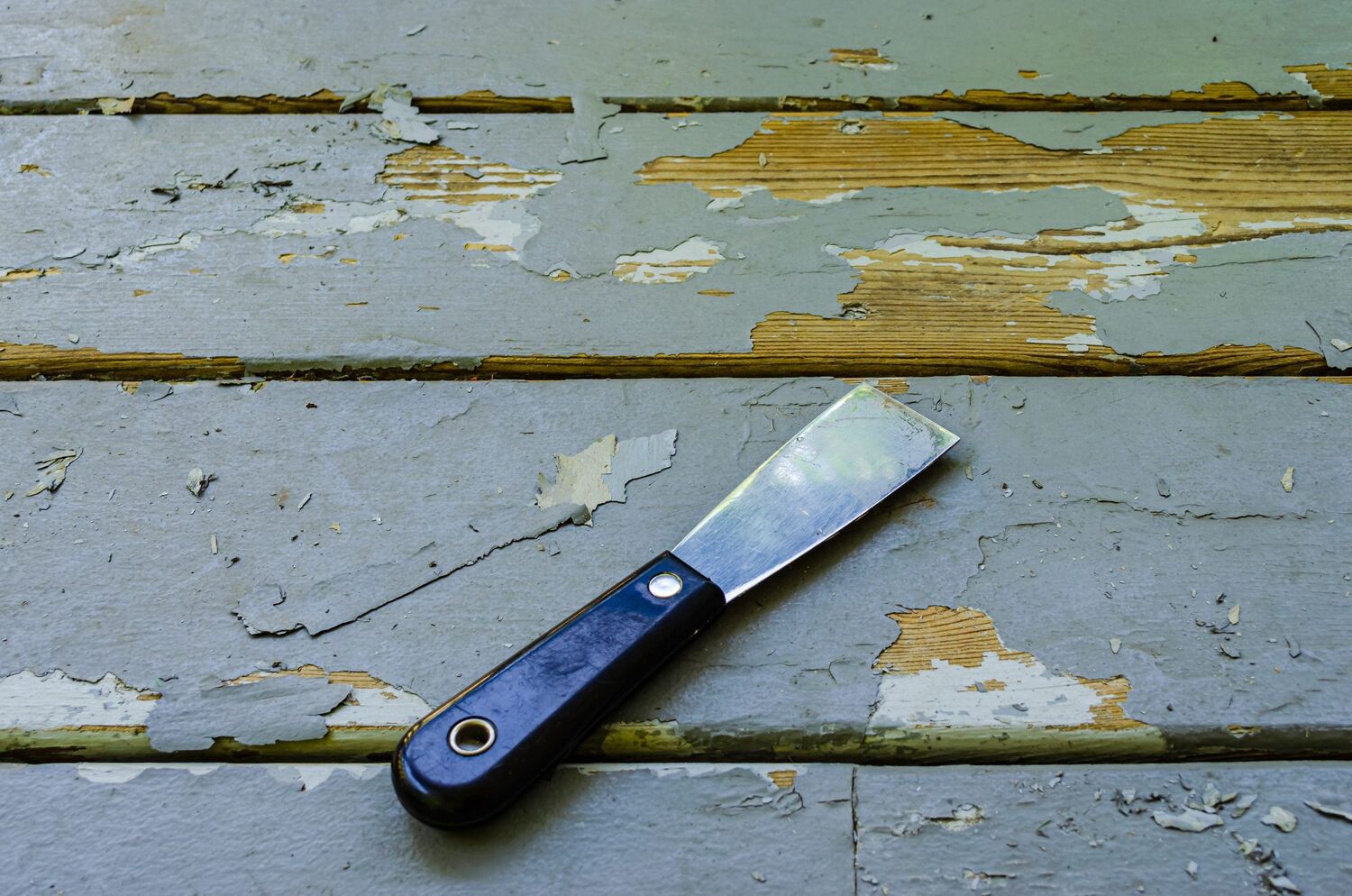
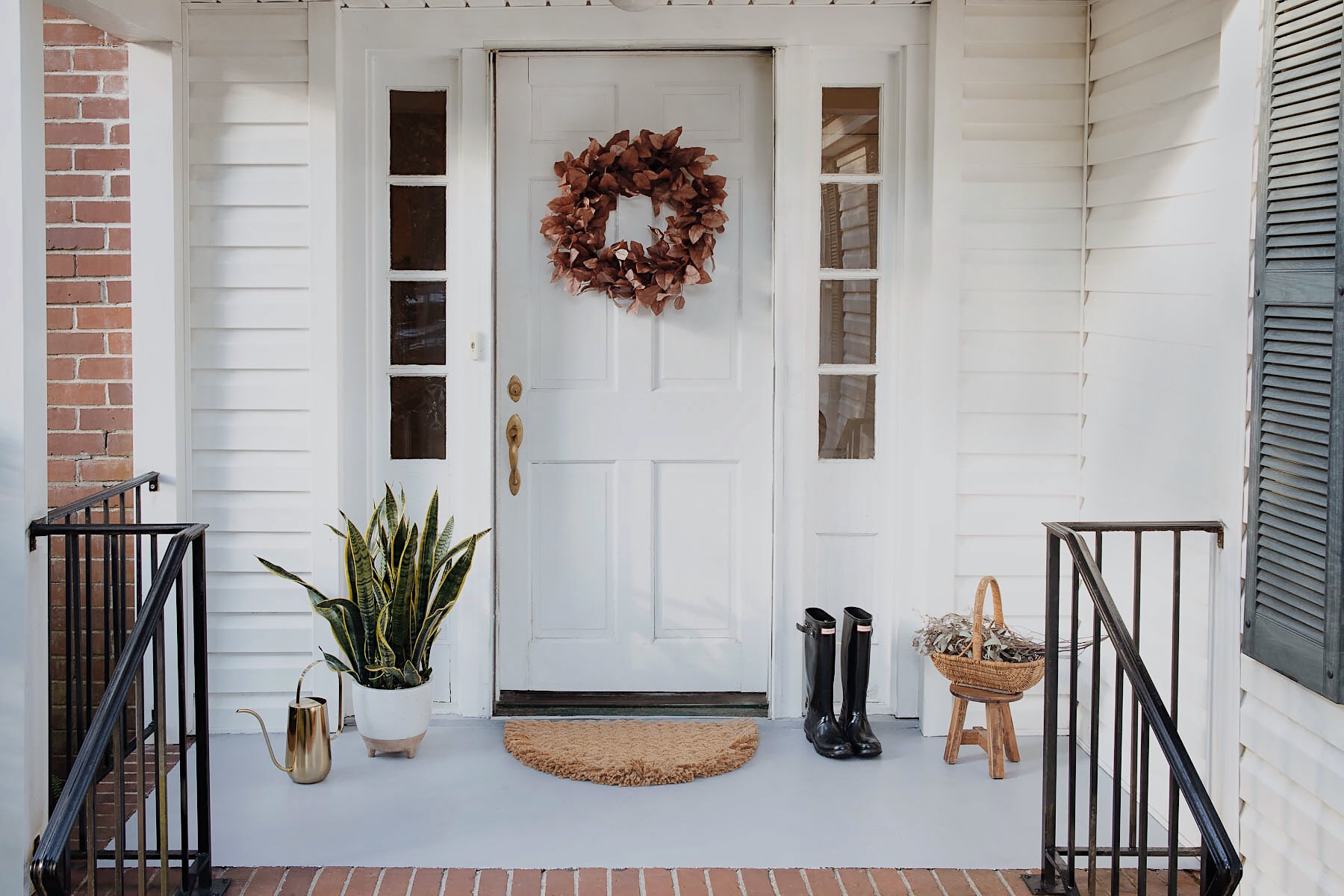
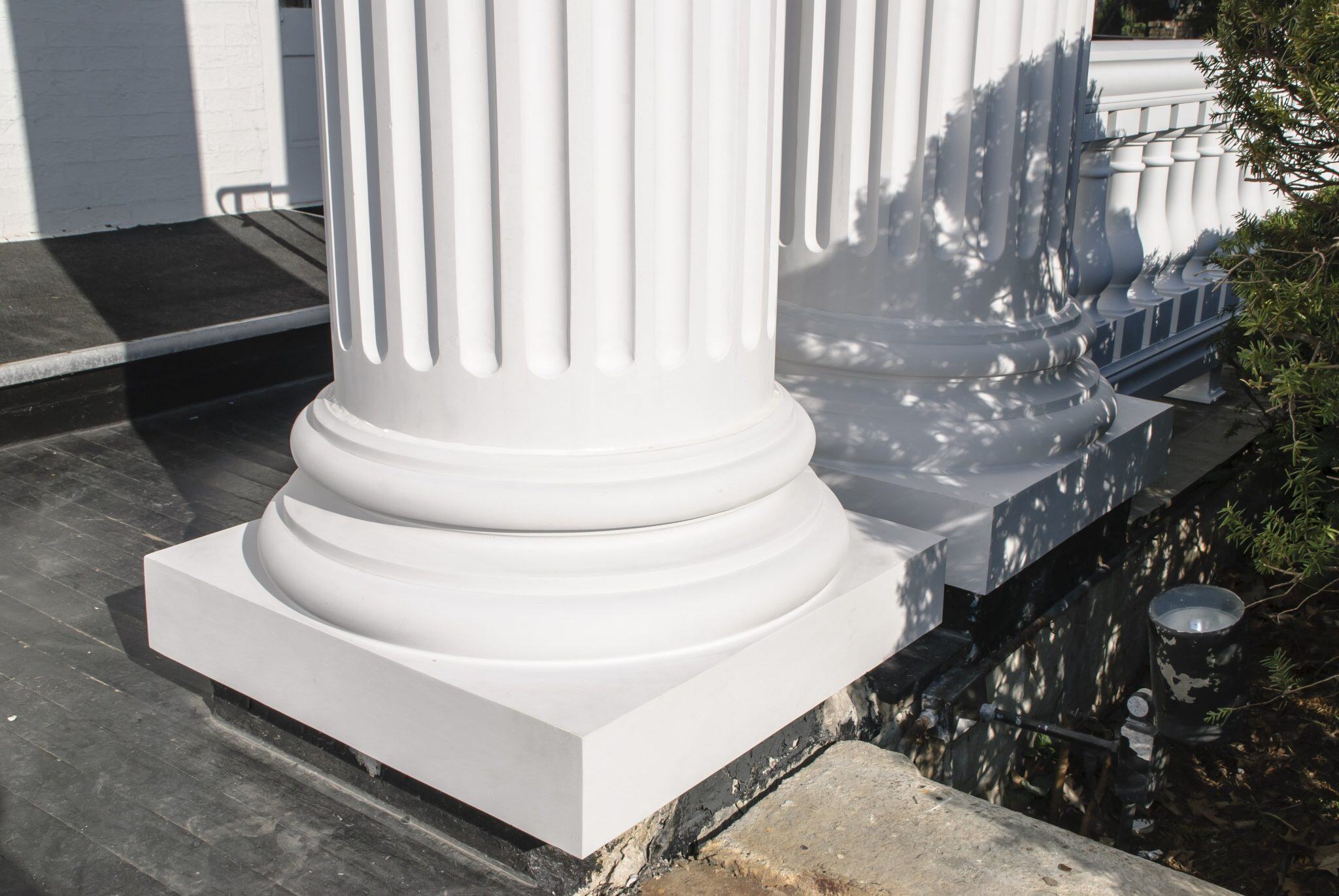
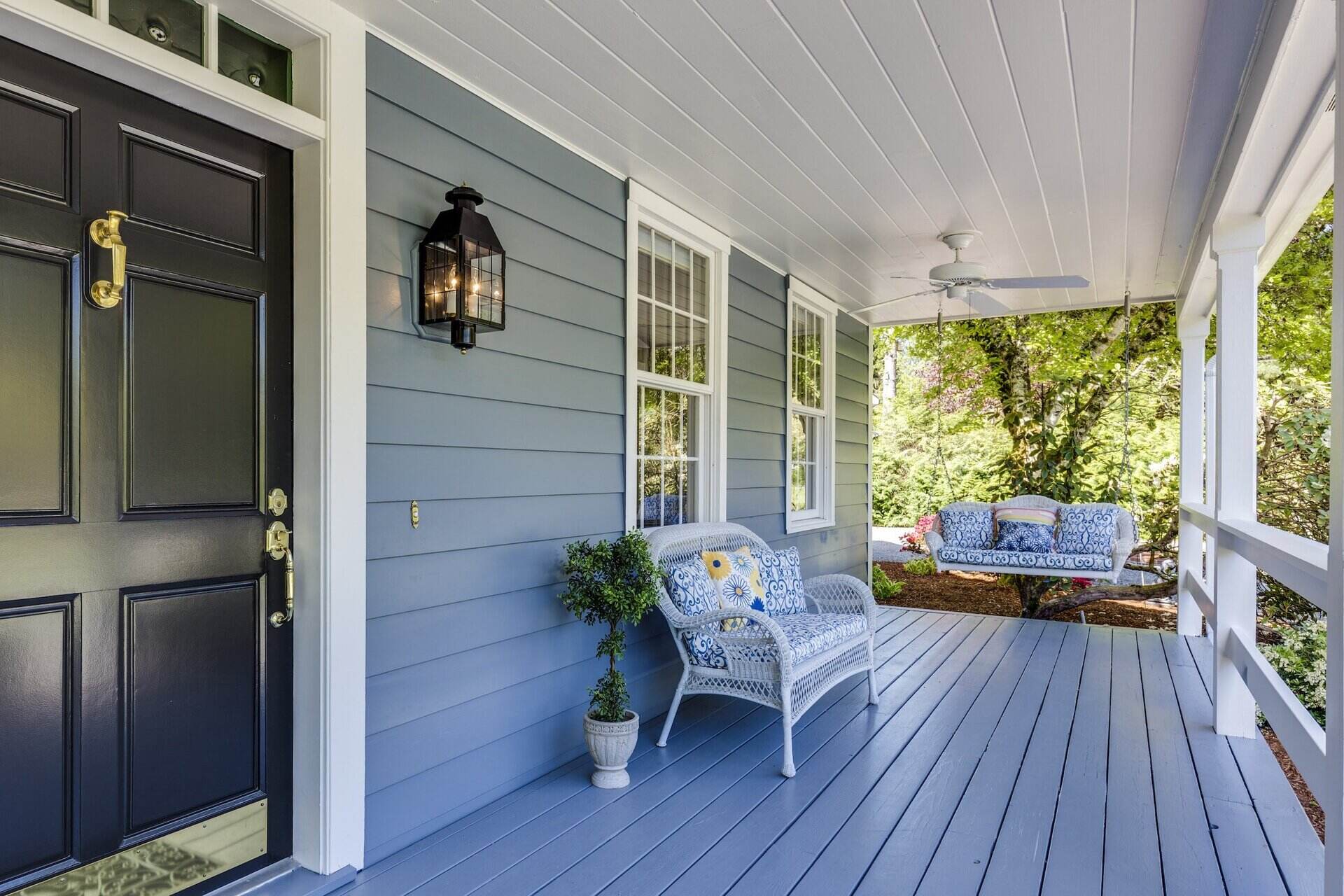
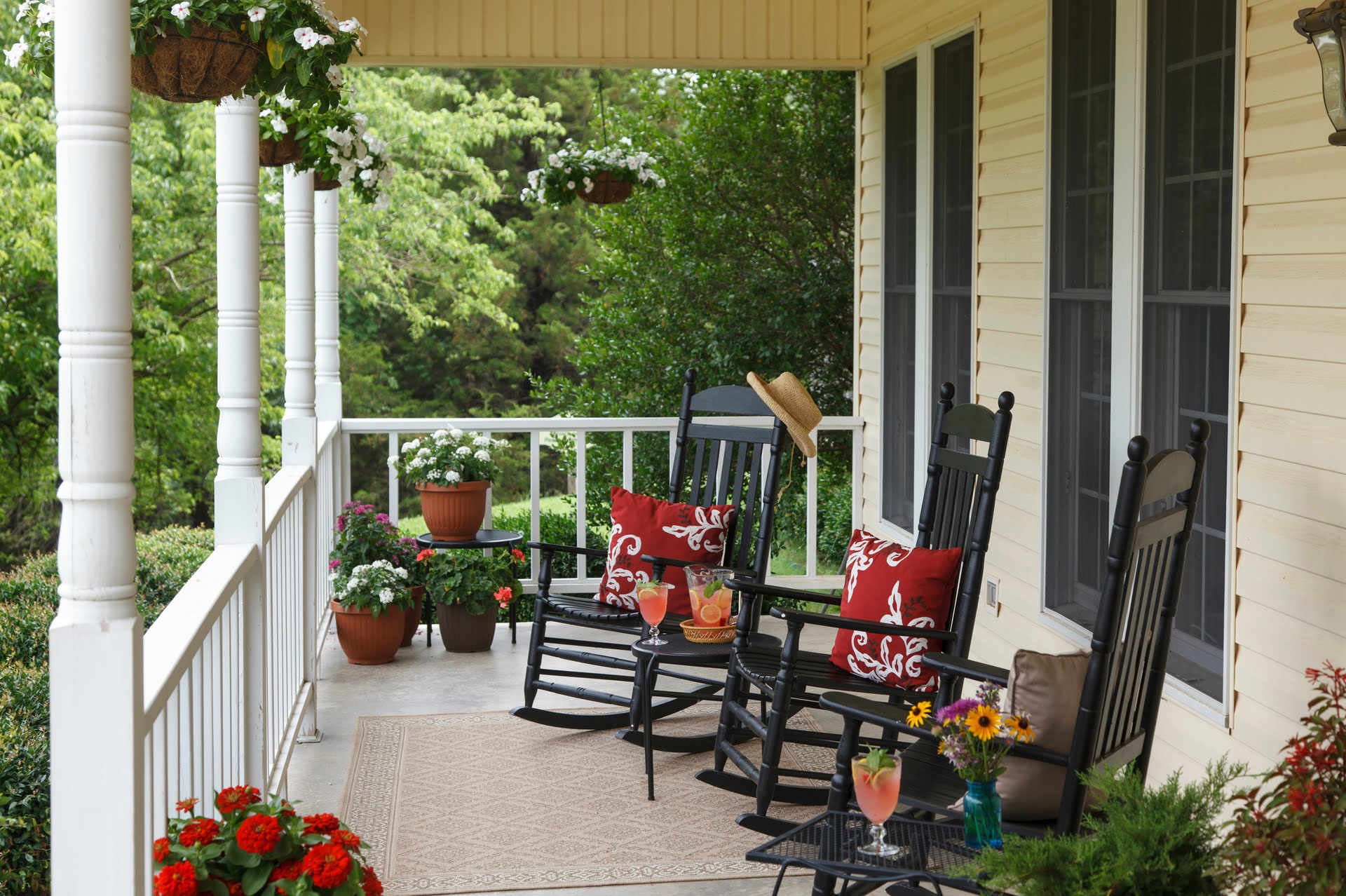
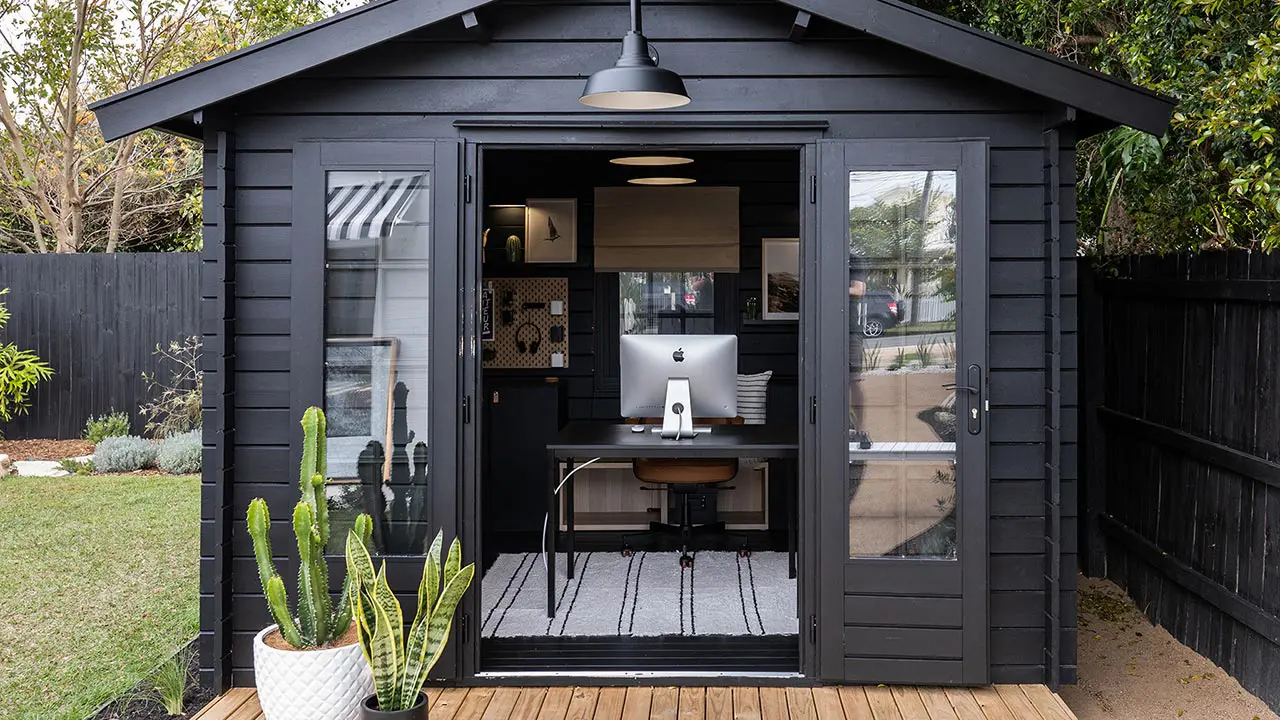
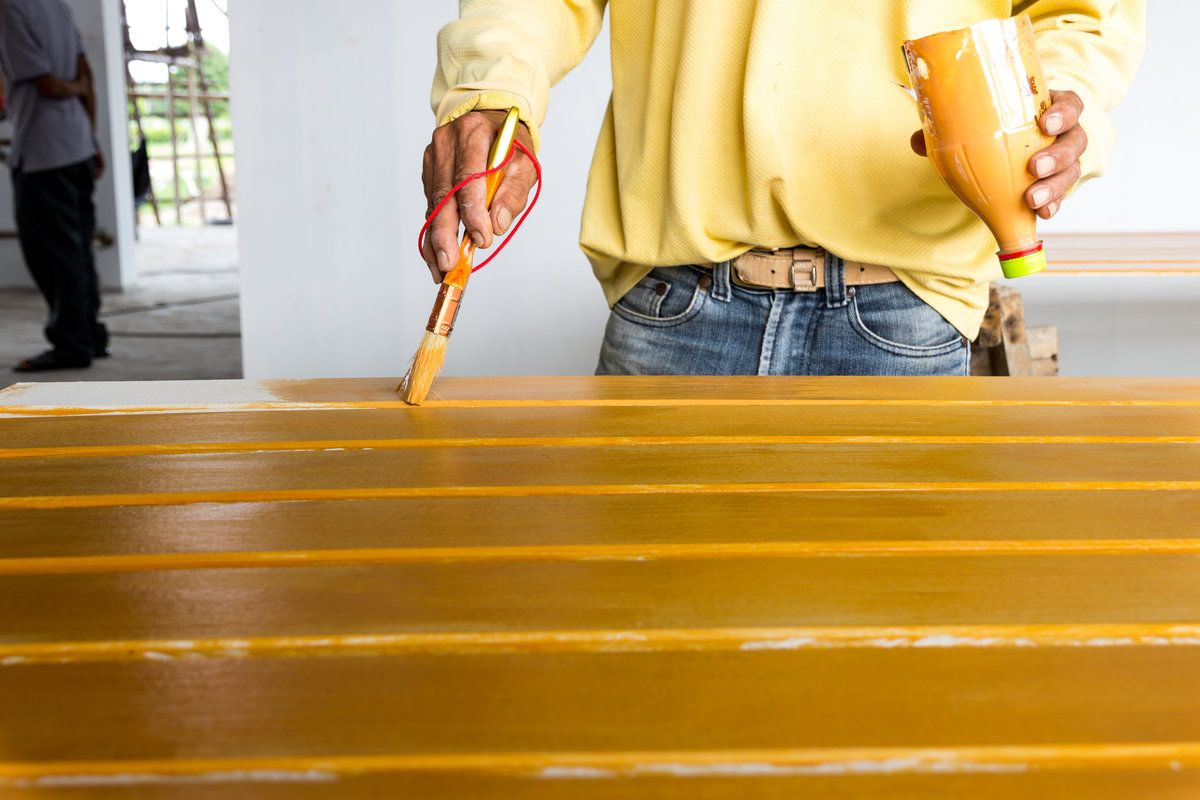
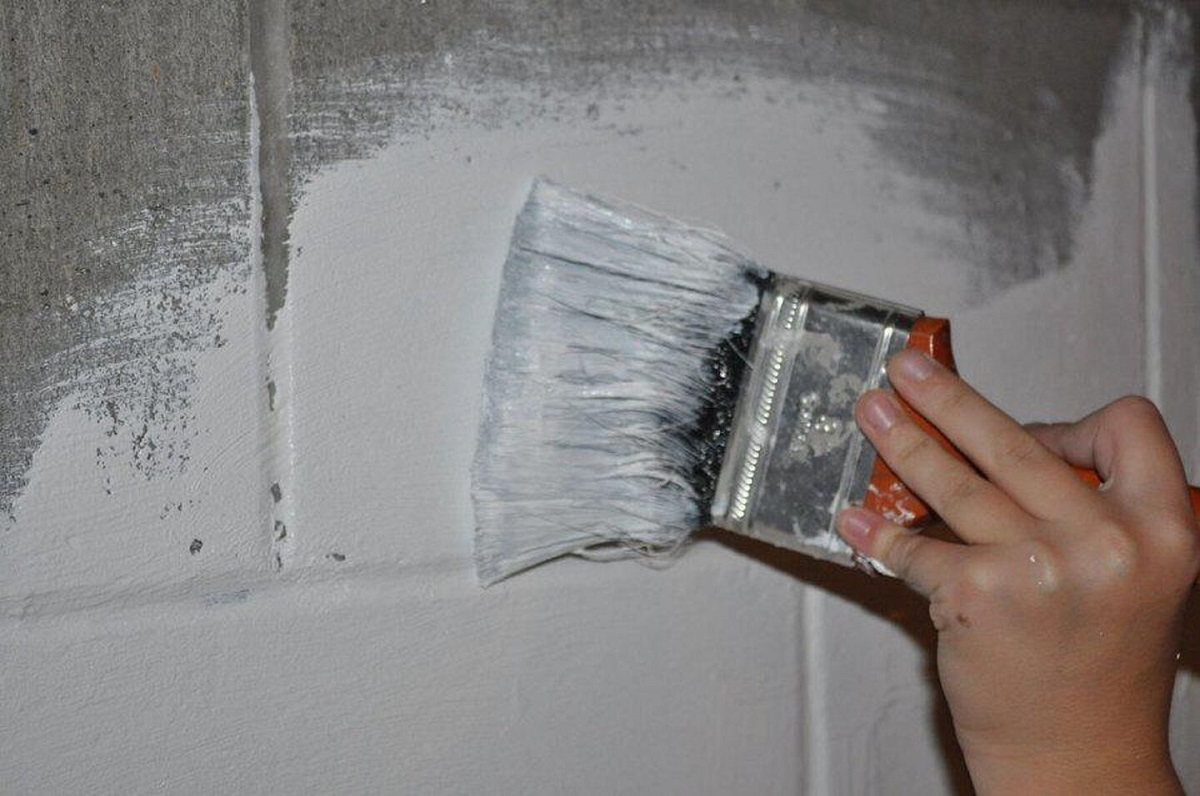
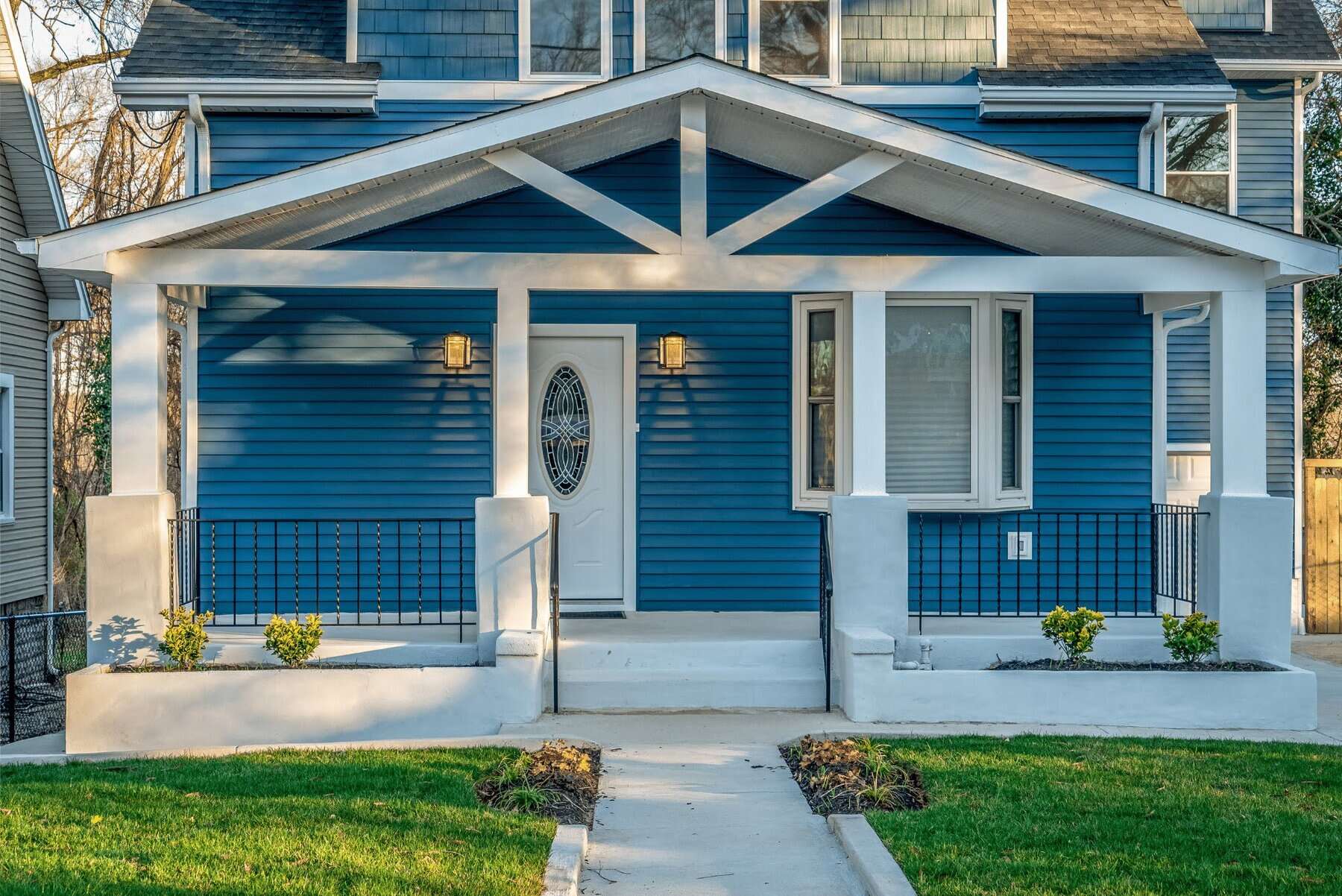
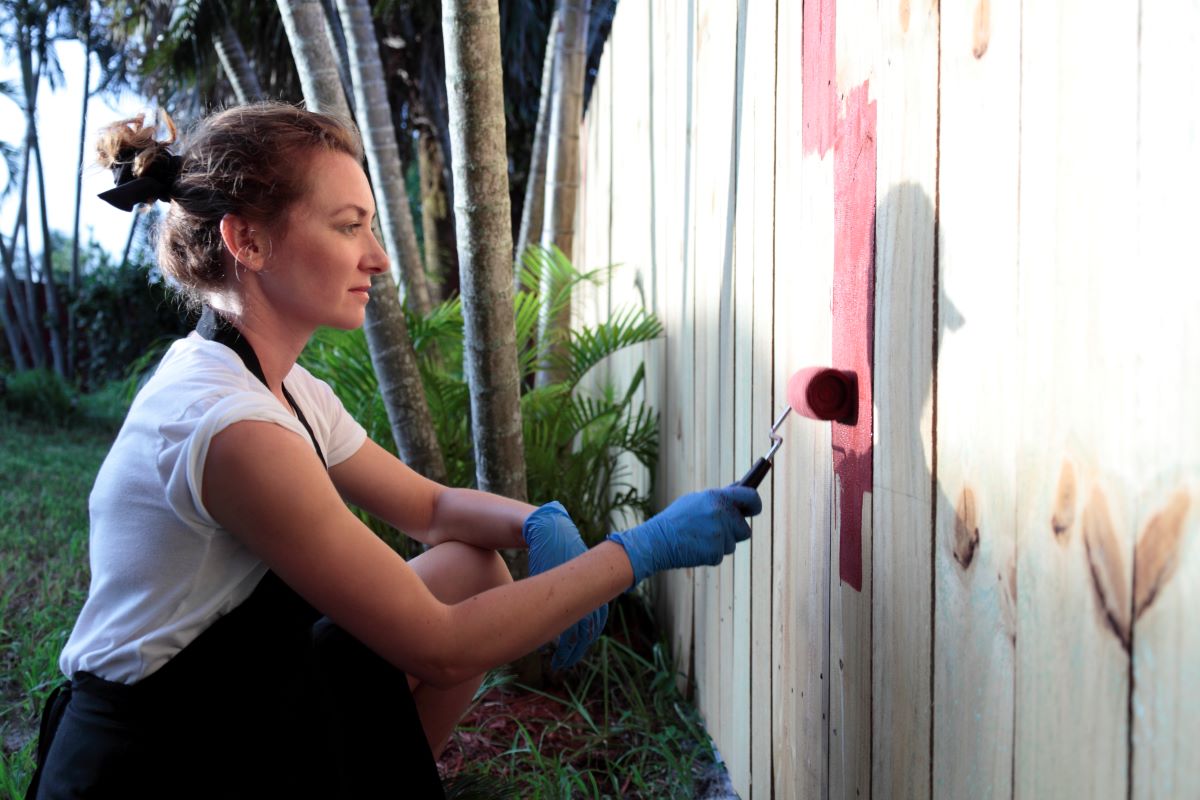


0 thoughts on “How Much To Paint A Porch”